Monad is compatible with the Ethereum Virtual Machine (EVM), allowing dApps on Ethereum to be deployed directly to Monad with little to no code changes, thereby lowering the development barrier.
Key Points
– High-performance L1 blockchain, challenging Ethereum – Monad aims to solve Ethereum's scalability issues, providing 10,000 TPS, 1-second block confirmation, and ultra-low fees, becoming a faster and cheaper option.
– Perfect EVM compatibility, easy migration for developers – Monad is compatible with the Ethereum Virtual Machine (EVM), allowing dApps on Ethereum to be deployed directly to Monad with little to no code changes, lowering the development barrier.
– Innovative technical architecture, enhancing performance – Through the MonadBFT consensus mechanism, parallel transaction processing, and a dedicated MonadDB database, Monad makes transactions faster, cheaper, and the blockchain more stable.
– Token issuance time yet to be determined – The original plan was to launch the MONAD token in Q4 2024, but the official timeline has not been announced, and information regarding staking, governance, and token distribution remains unclear.
– Well-funded but facing fierce competition – Having secured $225 million in Series A funding, Monad faces competitors like Solana, Avalanche, and Ethereum Layer 2, with future success depending on developer adoption rates, ecosystem development, and mainnet launch progress.

Blockchain technology has evolved from a niche concept to a core tool in finance, gaming, and e-commerce. However, mainstream blockchains like Ethereum still face issues of high fees, slow transaction speeds, and limited throughput, which not only affect user experience but also constrain developers, hindering the large-scale adoption of decentralized applications (dApps).
Monad offers a brand-new solution. This Layer 1 blockchain is not only compatible with Ethereum EVM but also provides ultra-fast transaction speeds, ultra-low fees, and combines parallel execution, innovative consensus mechanisms, and custom data storage systems, aiming to create an efficient, user-friendly blockchain network to support large-scale real-world applications.
This article will take you deep into the origins, technical architecture, and development roadmap of Monad. If you are a developer looking for a more efficient blockchain or are interested in the future trends of the Web3 ecosystem, this article will help you understand the significance of Monad and how it may reshape the market landscape.
Table of Contents
Development History and Current Status
Positioning of Monad in the Blockchain Ecosystem
Potential and Applications of the MONAD Token
Who are the Founders of Monad?
The story of Monad dates back to February 2022, when three experts in blockchain and fintech came together to establish the project, dedicated to solving the current scalability issues of blockchain:
– Keone Hon (Chief Executive Officer, CEO) – A seasoned blockchain researcher and mathematician focused on developing innovative technologies to address blockchain performance bottlenecks.
– James Hunsaker (Chief Technology Officer, CTO) – An expert in cryptographic protocols and distributed systems, responsible for Monad's technical strategy, ensuring optimal performance in speed and scalability.
– Eunice Giarta (Chief Operating Officer, COO) – Responsible for Monad's operational structure, managing resource allocation, partnerships, and strategic planning to drive the project's stable development.
These three founders have rich backgrounds in blockchain technology and finance, sharing a common vision to build a high-speed, stable, low-cost blockchain platform while maintaining compatibility with the Ethereum Virtual Machine (EVM), allowing developers to seamlessly migrate existing applications and easily deploy new dApps.

Image Credit: Bankless
What is Monad?
Essentially, Monad is a Layer 1 (L1) public blockchain focused on solving the two major challenges of low blockchain scalability and high fees. Through technological innovation, Monad aims to stand out in a competitive market by providing:
– High Throughput: Aiming for 10,000 transactions per second (TPS), far exceeding Ethereum's current ~15 TPS.
– Low Latency: 1-second block time, supporting single-slot finality, ensuring transactions can be confirmed almost instantly.
– Minimal Fees: Reducing transaction costs to make DeFi, NFTs, and GameFi applications more accessible and affordable.
– Full EVM Compatibility: Developers can migrate dApps to Monad without significant modifications to existing Ethereum smart contracts, lowering the technical barrier.
By focusing on speed and accessibility, Monad hopes to become a versatile blockchain platform capable of smoothly running and developing decentralized finance (DeFi), NFT ecosystems, and enterprise-level applications.
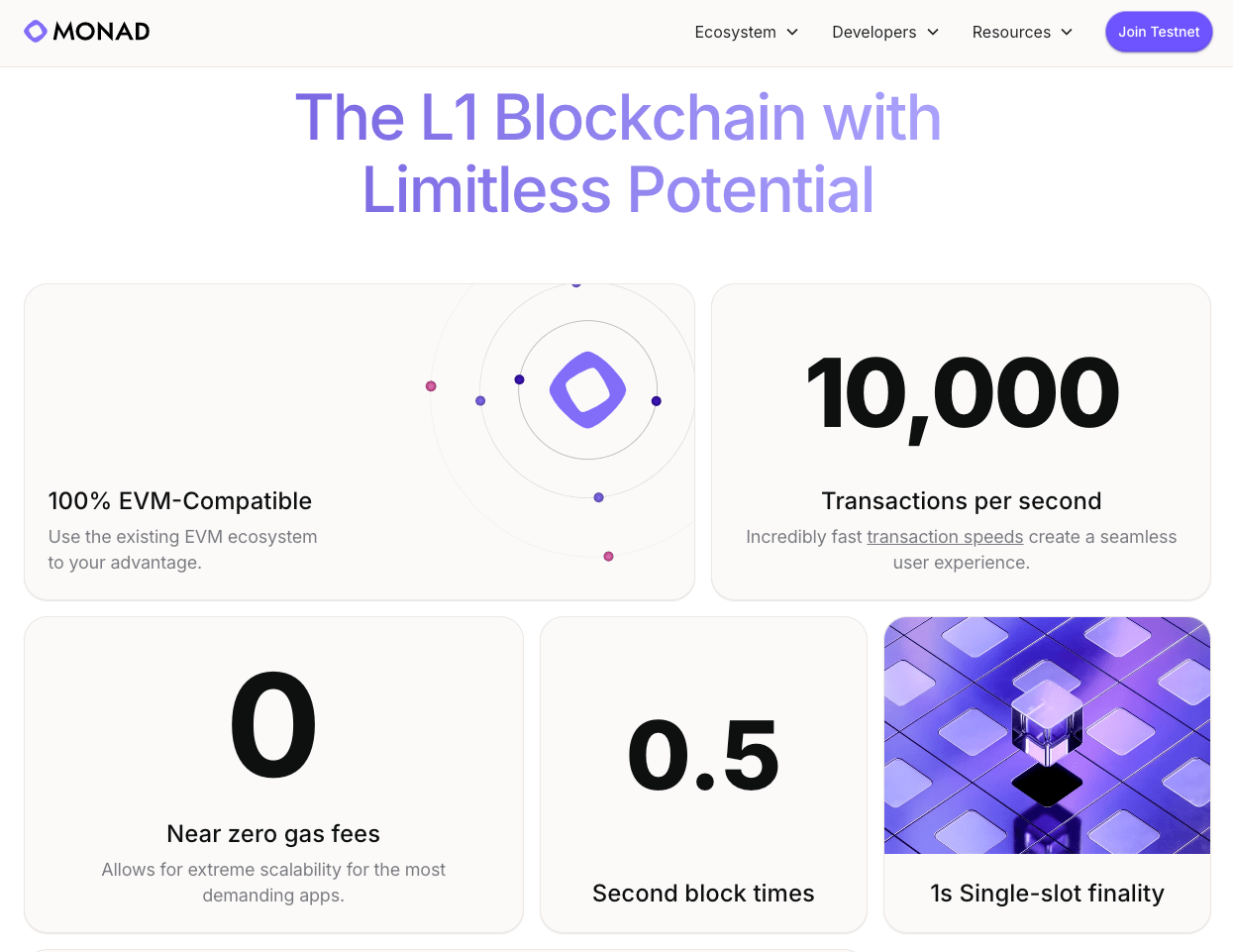
Image Credit: Monad
Development History and Current Status
The development history of Monad can be traced back to 2022, progressing from early concepts to the launch of the testnet, step by step towards a complete blockchain ecosystem.
– February 2022: The founding team of Monad began conceptualizing and designing the basic concepts of the blockchain protocol.
– February 2023: Successfully secured $19 million in seed funding, which helped drive early technology development, including the development of the consensus mechanism and testing of prototype systems.
– April 2024: Completed $225 million in Series A funding, demonstrating high investor confidence in the project and further accelerating technology development and community expansion.
– December 2024: Established the Monad Foundation, responsible for protocol governance, developer grants program, ecosystem building, and technical upgrades. Many open-source blockchain projects rely on foundations to promote long-term development, ensuring stable growth of the blockchain community.
– February 2025: Monad officially launched the Public Testnet, providing developers with a testing environment that supports EVM-compatible tools, allowing dApps to be deployed in advance and undergo performance testing. This is an important step before the mainnet launch, ensuring system stability and optimizing the development experience.
Although the initial plan was to launch the mainnet in Q4 2024, the official confirmation of the mainnet launch time has not yet been made. Additionally, detailed information about the native token MONAD has not been disclosed, and aside from the previously mentioned issuance plan, the official has not released details regarding the tokenomics, staking mechanism, or token distribution.
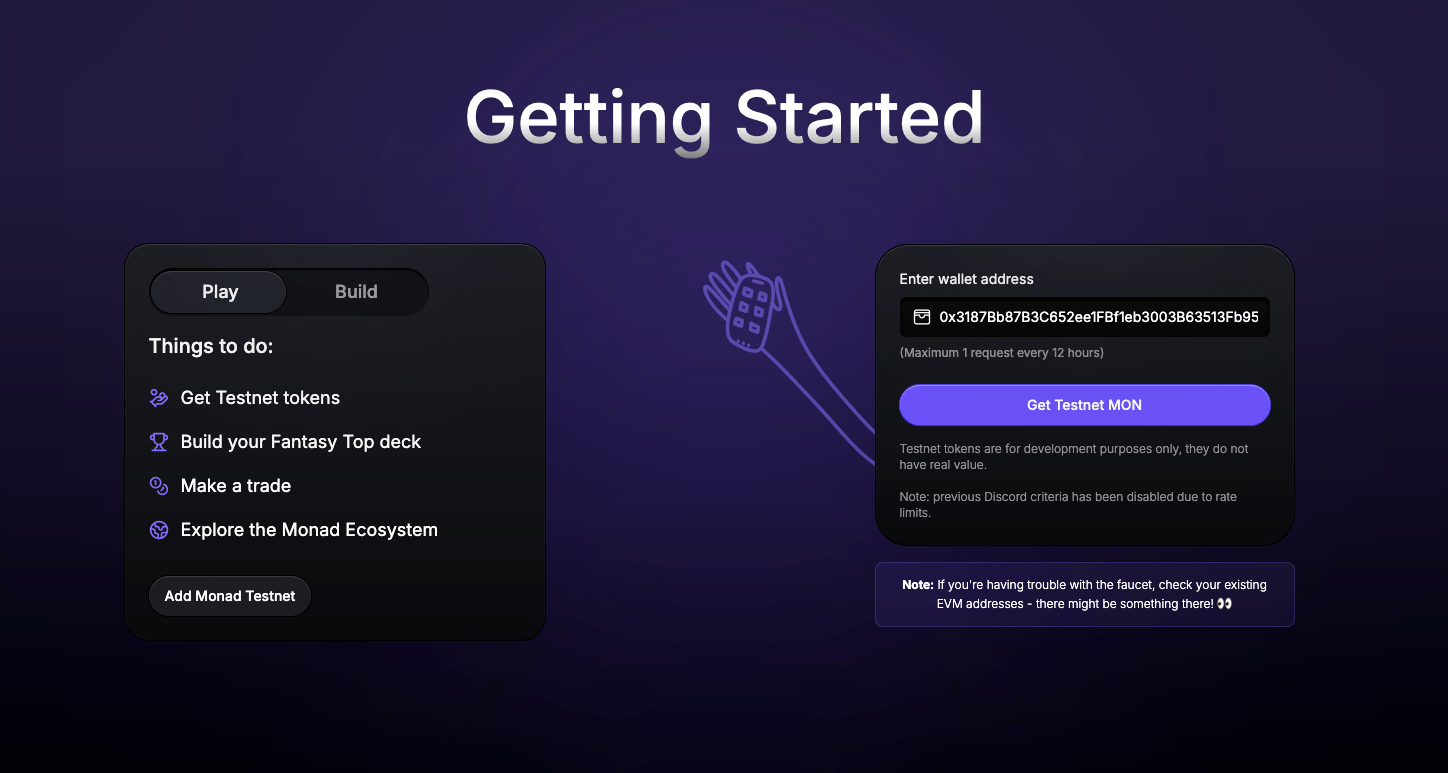
Image Credit: Monad Testnet
Positioning of Monad in the Blockchain Ecosystem
The current blockchain market is highly competitive, with various solutions attempting to overcome the limitations of Ethereum, whether it be Layer 2 scaling solutions (such as Arbitrum, Optimism) or other high-performance Layer 1 public chains (such as Solana, Avalanche), all vying for the favor of developers and users.
Monad's unique positioning combines two core advantages:
– Native Scalability: Unlike Layer 2 solutions that rely on Ethereum's security and cross-chain bridge mechanisms, Monad, as an independent Layer 1 public chain, is designed with high throughput (10,000 TPS) and does not require an additional scaling layer to enhance performance.
– Seamless EVM Compatibility: Fully compatible with Ethereum, this means developers can migrate existing smart contracts and decentralized applications (dApps) to Monad with almost no code changes, reducing migration costs and technical barriers.
With these features, Monad's ecosystem is particularly suitable for applications that require high performance and low fees, such as:
– Decentralized Finance (DeFi) – High-frequency trading, liquidity mining, and automated market makers (AMM) require low latency and high throughput, which Monad's architecture perfectly meets.
– Blockchain Gaming (GameFi) – Due to frequent transactions and item transfers within games, developers prefer blockchains with low fees and instant settlement, and Monad provides a more attractive environment for this.
– NFT Ecosystem – Whether for NFT minting or marketplace transactions, Monad's low-cost, high-performance design ensures that user experience is not affected by gas fees, enhancing market liquidity.
In this market positioning, Monad aims to become one of the preferred platforms for developers and enterprises to build blockchain applications, challenging the current mainstream L1 and L2 solutions.
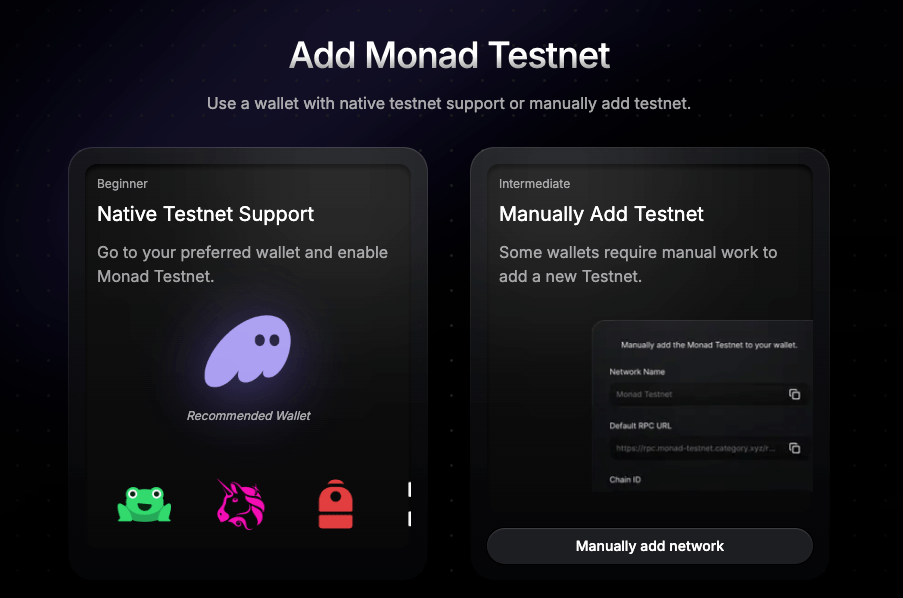
Image Credit: Monad
Why is Monad Important?
Solving Scalability Issues
Network congestion on Ethereum often leads to slower transaction speeds and skyrocketing gas fees, especially during NFT minting or popular DeFi activities. This bottleneck makes small transactions uneconomical and limits the large-scale adoption of Web3 applications.
Monad aims to address this issue with its 10,000 TPS high throughput architecture, providing a smooth and scalable infrastructure for DeFi platforms, gaming ecosystems (GameFi), and even enterprise-level applications, promoting the large-scale adoption of Web3.
Enhancing User Experience
Monad adopts a 1-second block time and supports single-slot finality, meaning transactions can be confirmed instantly without the need to wait for multiple block confirmations like on Ethereum.
This low-latency feature is crucial for everyday users, especially in applications that require quick responses, such as decentralized exchanges (DEX), in-game transactions, and NFT trading markets, providing a smoother experience.
Lowering Participation Barriers and Costs
High gas fees on Ethereum have become a significant barrier to the widespread adoption of Web3, with many small investors or gamers deterred by high transaction costs. For example, purchasing a $5 NFT on Ethereum might incur fees exceeding $20, leading many users to abandon the transaction.
Monad's low-fee design makes small and frequent transactions feasible, allowing DeFi users, gamers, and ordinary users to participate in Web3 applications at a lower cost, expanding the overall user base.
Retaining Familiar Tools and Environments for Developers
Developers typically prefer to use the development frameworks and tools they are familiar with, and Monad is fully compatible with Ethereum's EVM (Ethereum Virtual Machine), which means:
– Existing smart contracts can be migrated to Monad with almost no modifications.
– dApp developers can continue using familiar development tools like Solidity, Hardhat, and Remix without needing to learn a completely new language or architecture.
– Reduced technical migration costs make Monad a more attractive alternative to Ethereum.
This EVM compatibility makes it easier for Monad to attract developers, accelerating the growth of its ecosystem and further promoting the adoption of Web3.
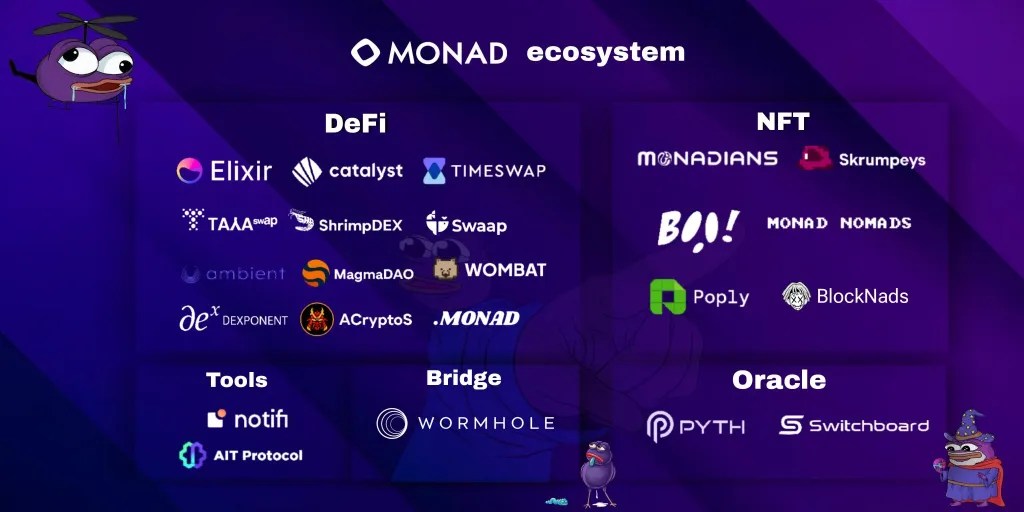
Image Credit: The Coinomist
How Does Monad Work?
Monad achieves high performance primarily through three core technological innovations, which complement each other to enhance the blockchain's speed, throughput, and scalability:
MonadBFT Consensus Mechanism
Monad employs a Byzantine Fault Tolerant (BFT) consensus mechanism, allowing the entire system to operate securely and confirm transactions quickly even if a minority of nodes (less than 1/3) act maliciously or fail.
The advantage of BFT consensus lies in its low latency, allowing blocks to be generated quickly and ensuring transaction finality. Through MonadBFT, Monad can achieve a 1-second block time, enabling transactions to be confirmed almost instantly, significantly enhancing user experience.
Parallel Execution
Traditional blockchain transaction processing typically executes transactions sequentially, meaning all transactions must be confirmed in order, which can become a performance bottleneck as blockchain traffic increases.
Monad, on the other hand, adopts parallel execution, separating transaction ordering from execution, allowing non-conflicting transactions to occur simultaneously. This technology greatly increases throughput, enabling multiple transactions to be processed at the same time, thus achieving the goal of 10,000 TPS.
MonadDB (Blockchain-Specific Database)
Data storage is often an overlooked aspect of many blockchain infrastructures. Traditional data storage methods can lead to excessive burdens on nodes, affecting transaction processing performance.
Monad has developed a proprietary database technology—MonadDB, which is a Key-Value storage system optimized for blockchain verification and querying, featuring:
– Fast Read/Write: Ensuring transaction data can be accessed instantly, reducing latency.
– Authenticated Storage: Ensuring the integrity of each piece of data through cryptographic verification, maintaining the security of the blockchain.
– Optimized Hardware Efficiency: Reducing nodes' reliance on high-end hardware, ensuring Monad can operate efficiently on standard equipment.
Through these three core technologies, Monad not only provides a high-throughput, low-latency blockchain environment but also ensures the system's security and stability, providing an ideal operational foundation for DeFi, NFTs, GameFi, and other applications.
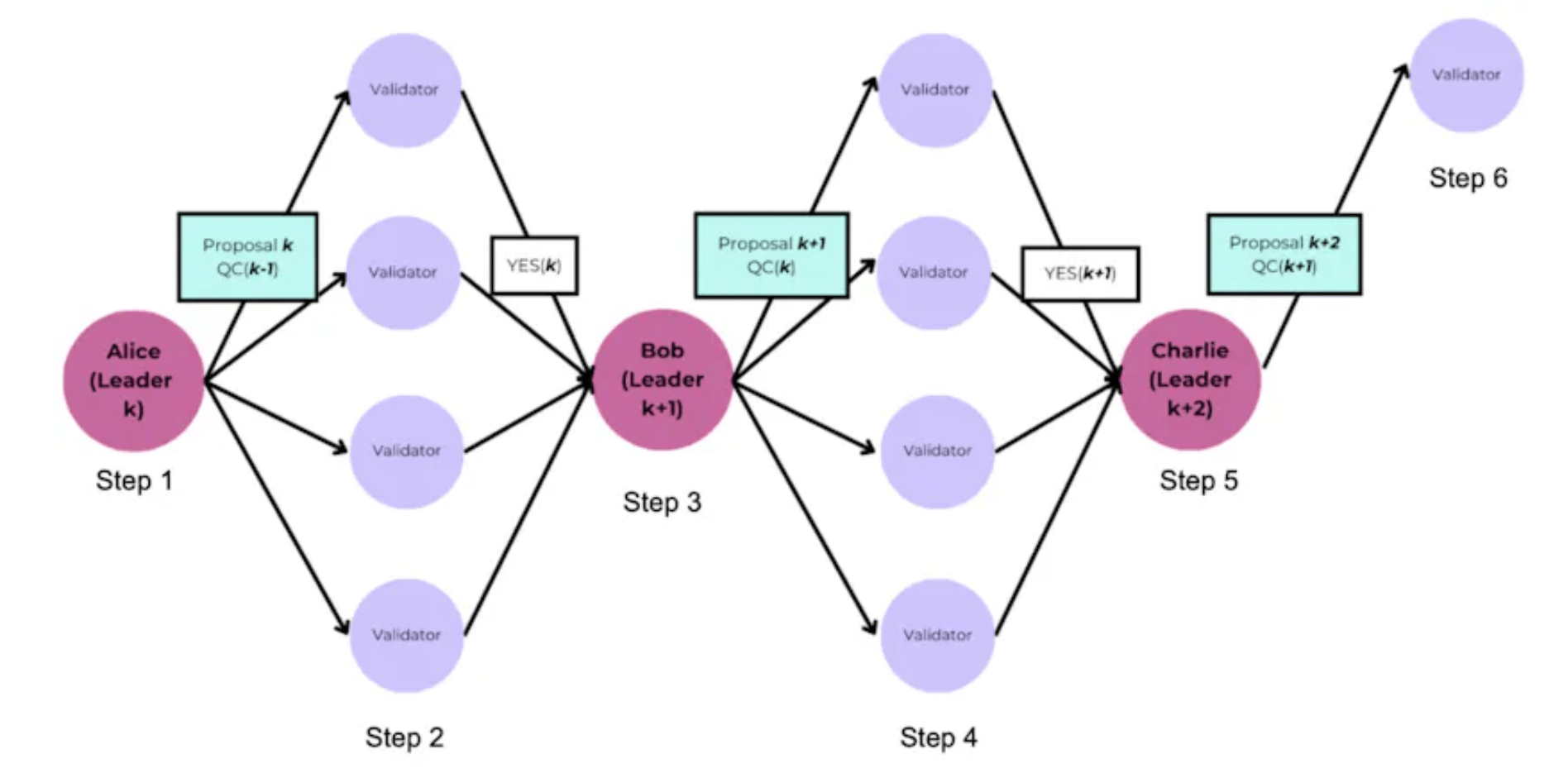
Image Credit: The Coinomist
Potential and Applications of the MONAD Token
Although the market is filled with anticipation for the MONAD token, the official has not yet released the final tokenomics or exact issuance timeline.
The initial plan was for the MONAD token to be launched alongside the mainnet, but the current timeline remains uncertain, and the official has not provided specific information regarding supply and distribution mechanisms.
Potential Uses
If the MONAD token is officially launched, it is expected to cover the following key functions:
– Transaction Fees: MONAD may become the primary token for paying transaction fees, incentivizing validators through gas fees while preventing spam transactions.
– Staking & Security: Holders may be able to stake MONAD in the MonadBFT consensus mechanism to support network operations and earn staking rewards.
– Governance: Similar to many blockchain projects, MONAD token holders may participate in decentralized governance, voting on key decisions such as protocol upgrades, foundation fund allocations, and community proposals.
Information We Still Don't Know
Although the MONAD token has garnered widespread attention, there are still some unresolved questions, including:
Supply & Distribution:
– What will be the total supply of MONAD tokens?
– Will there be a public sale, or will it primarily be purchased by private investors?
Release Schedule:
– How is the token unlocking (vesting schedule) arranged for team members, early investors, and developer grant funds?
– Will there be a pre-mine or community airdrop?
Investor Confidence vs. Market Uncertainty
Monad raised $225 million in Series A funding, indicating that investors are confident in the project's development potential. However, the market remains cautious about the details of the tokenomics until the official token whitepaper is released.
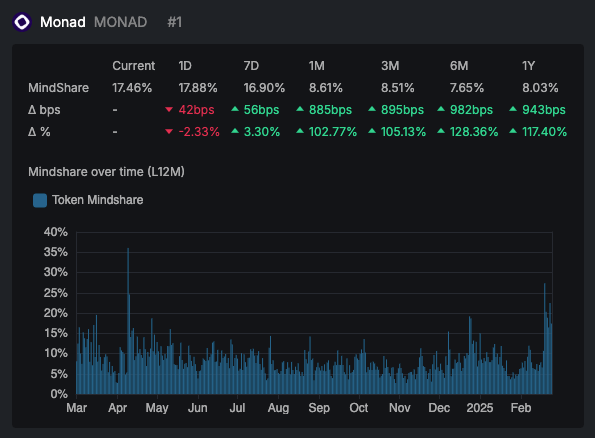
Image Credit: Kaito AI
Challenges and Future Outlook
Competitive Pressure
Monad enters a highly competitive market. There are already many high-throughput public chains and Layer 2 solutions vying for developers and users, including:
– Solana – Known for high-speed transactions and low fees, it already has a large DeFi and NFT ecosystem.
– Avalanche – Offers high scalability through its subnet mechanism, attracting enterprise-level applications and gaming projects.
– Aptos & Sui – Focused on improving transaction efficiency using the Move programming language, competing in the next generation of high-performance blockchain market.
– Layer 2 solutions (such as Arbitrum, Optimism) – Relying on Ethereum's security while significantly reducing transaction costs and improving processing speed, they have become popular choices for developers.
For Monad to break through, it must emphasize its combination of parallel transaction execution and EVM compatibility, allowing developers to appreciate its technical uniqueness and advantages.
Developer Adoption
The success of a blockchain depends on the number and quality of applications within its ecosystem. Currently, developers are unlikely to easily migrate from Ethereum or other L1/L2 solutions. Monad needs to invest significant resources to attract developers, such as:
– DeFi Protocols – Such as DEXs, lending protocols, and derivatives markets, which are core to the blockchain ecosystem.
– NFT Platforms – NFT markets, art trading, and digital identity verification require blockchain support with low fees and high throughput.
– Blockchain Gaming (GameFi) – High-frequency trading games need a fast and low-cost chain to enhance the gaming experience.
Monad needs to launch hackathons, developer grant programs, and improve development tools to stimulate ecosystem growth. Only by establishing an active dApp community can it truly compete with other blockchains.
Regulatory Environment
Regulatory changes around the world may impact Monad's development, particularly in the following areas:
– Token Launch – Many countries have strict regulations regarding new token launches. If the MONAD token is considered a security token, it may affect its circulation and trading.
– Staking Mechanism – Certain jurisdictions have regulatory norms for staking, which may affect the availability of MONAD in different regions.
– Decentralized Governance – If it involves DAO governance mechanisms, it may be subject to regulatory scrutiny in regions like the U.S. and the EU.
If the regulatory environment becomes stricter, Monad may need to adjust its tokenomics or legal framework to ensure compliance.
Uncertain Development Roadmap
Currently, Monad has not announced an official mainnet launch date, which is an uncertainty for investors and developers.
If the project team cannot continuously provide transparent development progress and testnet updates, many developers may choose to wait and even turn to other competing chains. To maintain market confidence, the Monad team needs to:
– Regularly update testnet progress
– Gather community feedback
– Publicly disclose mainnet deployment plans
This is essential to ensure long-term trust from investors and developers in its technology and ecosystem.
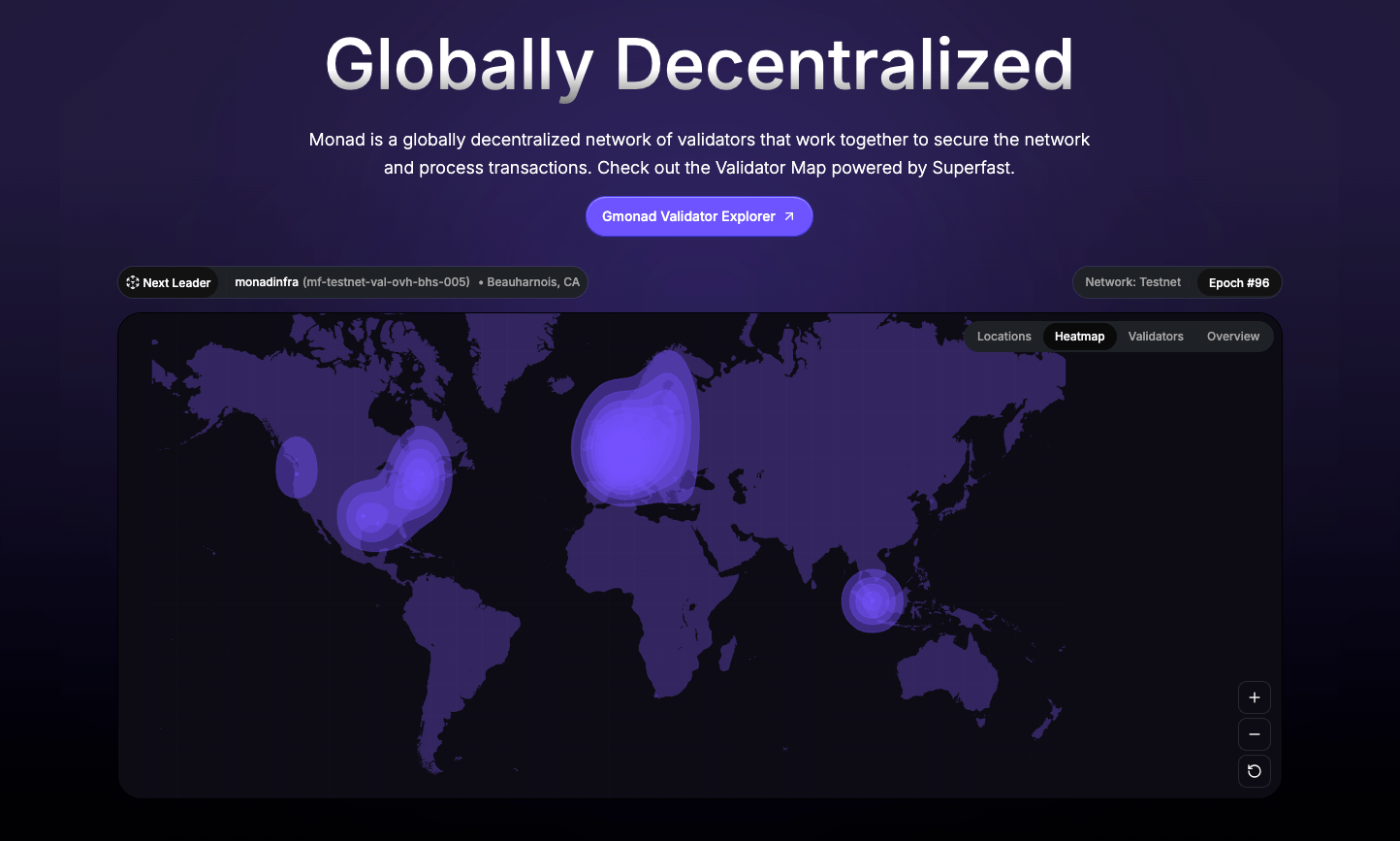
Image Credit: Monad
Conclusion
Monad is an ambitious project aimed at solving the long-standing scalability issues of blockchain.
Through EVM compatibility and high-performance technologies (such as parallel transaction execution and the MonadBFT consensus mechanism), Monad hopes to provide a fast, low-cost transaction environment to meet the needs of various real-world applications.
However, despite its promising technical potential, Monad still faces many challenges:
– The timeline for the mainnet launch and token issuance remains unclear, leading to uncertainty in market and developer adoption.
– Tokenomics and governance mechanisms have not been fully disclosed, affecting investor confidence.
– Strong competitors, with many established Layer 1 (like Solana, Avalanche) and Layer 2 (like Arbitrum, Optimism) already having complete ecosystems and stable user bases.
Even so, Monad possesses several strong advantages that give it a chance to become an important platform in the next generation of blockchain:
– An experienced founding team
– Secured $225 million in Series A funding, providing ample development resources
– Focused on EVM compatibility and high-performance throughput, offering a better choice for the Ethereum ecosystem
If Monad can successfully deliver on its technical promises and attract developers to participate in ecosystem building, it may become a next-generation innovative platform in the blockchain space, securing a place in the Web3 ecosystem.
免责声明:本文章仅代表作者个人观点,不代表本平台的立场和观点。本文章仅供信息分享,不构成对任何人的任何投资建议。用户与作者之间的任何争议,与本平台无关。如网页中刊载的文章或图片涉及侵权,请提供相关的权利证明和身份证明发送邮件到support@aicoin.com,本平台相关工作人员将会进行核查。




